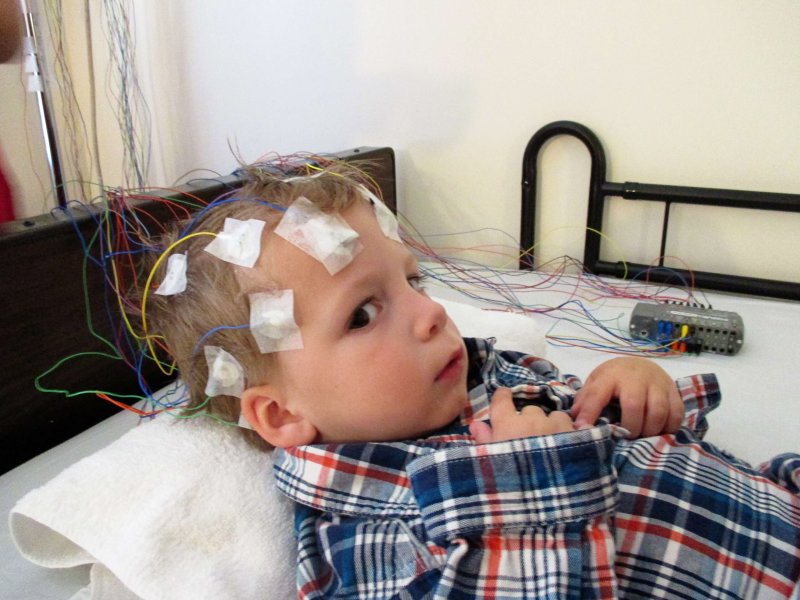…
But little is known about how TES actually interacts with the brain, and some studies have raised serious doubts about the effectiveness of these techniques. A study published on February 2 in Nature Communications ups the ante, reporting that conventional TES techniques do not deliver enough current to activate brain circuits or modulate brain rhythms.
…
In fact, in both rats and human cadavers, [researcher György] Buzsáki’s team found about 75 percent of currents applied to the scalp never reach the brain, but instead are taken up by the skull, scalp and other external tissues.
…
“Most TES approaches apply stimulation for tens of minutes,” notes Marom Bikson, a biomedical engineer at The City College of New York who was not involved with the study. Bikson suggests current TES practices could still exert subtle effects on neurons that accumulate over time to modulate brain function.
Read full, original post: Brain Stimulation Is All the Rage–but It May Not Stimulate the Brain































